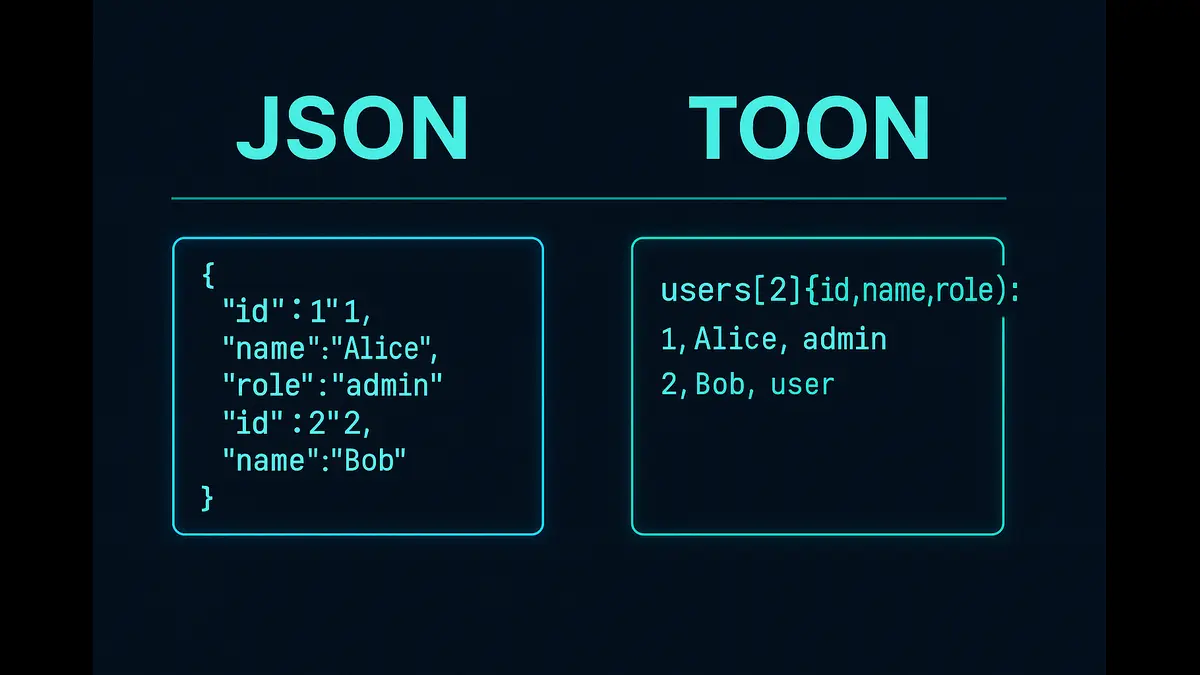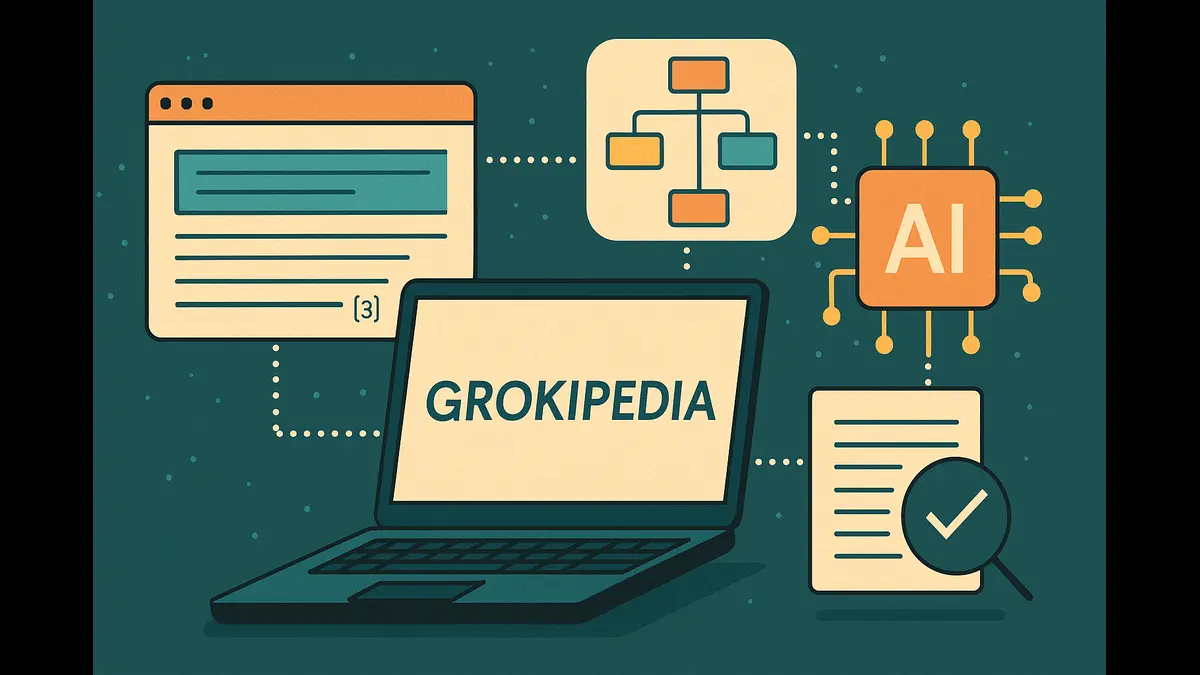
Sarvam-M, a 24B-parameter LLM by Sarvam AI, powers India’s AI sovereignty with multilingual support, economic accessibility, and DPI alignment. Tailored for Bharat’s needs, it enables inclusive, cost-effective, and strategic AI adoption across sectors.
As artificial intelligence (AI) becomes a cornerstone of global economic and strategic policymaking, nations are racing to secure their technological sovereignty. India, with its vast linguistic diversity, burgeoning digital economy, and ambitious Digital Public Infrastructure (DPI) initiatives, cannot afford to rely solely on foreign AI models controlled by Western or Chinese tech giants.
Sarvam AI, a Bengaluru-based startup, has emerged as a frontrunner in this pursuit with the launch of Sarvam-M, a 24-billion-parameter LLM tailored for India’s unique linguistic and cultural needs. Selected under the IndiaAI Mission, Sarvam-M is poised to redefine how businesses, governments, and citizens interact with AI, fostering a sovereign AI ecosystem that aligns with India’s vision of Atmanirbhar Bharat (self-reliant India). This article employs the L.E.A.P. framework to explore Sarvam-M’s strategic significance, competitive positioning, risks, and its potential to anchor India’s AI future.
The L.E.A.P. Framework: A Strategic Lens for Sarvam-M
L – Language Reclamation
Sarvam-M’s multilingual capabilities represent a bold act of linguistic reclamation, addressing India’s diverse linguistic landscape, which includes 22 official languages and over 120 spoken by significant populations. Unlike global models like GPT-4 or LLaMA, which are predominantly trained on English-centric datasets, Sarvam-M natively supports over 10 Indic languages, including Hindi, Tamil, Telugu, Malayalam, Punjabi, Odia, Gujarati, Marathi, Kannada, and Bengali. This focus is not merely a technical feature but a cultural and economic enabler, empowering small and medium enterprises (SMEs), regional businesses, and government services to engage with AI in culturally resonant terms.
By enabling AI interactions in native languages, Sarvam-M bridges the digital divide, particularly for Bharat’s rural and semi-urban populations, where English proficiency is limited. For instance, a shopkeeper in Rajasthan or a student in Kerala can interact with AI-driven tools in their native tongue, enhancing accessibility and inclusivity. This aligns with India’s broader mission to decolonize digital communication, moving away from Western-centric AI frameworks that often fail to capture the nuances of Indian languages and contexts.
Sarvam-M’s voice-enabled design further amplifies its utility, enabling applications like AI-powered customer service, educational tools for rural students, and parliamentary translations. This linguistic inclusivity is a cornerstone of India’s AI sovereignty, ensuring technology serves all 1.4 billion citizens.
E – Economic Leverage
Sarvam-M offers a cost-effective alternative to foreign AI models, reducing India’s dependence on expensive, dollar-priced APIs from companies like OpenAI or Google. By providing an affordable AI solution, Sarvam-M unlocks economic opportunities across sectors like fintech, edtech, and agritech. For enterprises, this translates to accessible AI deployment, enabling SMEs to integrate advanced AI without incurring prohibitive costs. For example, a fintech startup can leverage Sarvam-M for real-time fraud detection in regional languages, while an agritech firm can deploy AI-driven advisory services for farmers in local dialects.
The model’s open-weights approach, while not fully open-source in the traditional sense, encourages contributions from developers and startups, fostering a collaborative ecosystem. By training on Indian datasets and leveraging local infrastructure, Sarvam-M ensures that data stays within India’s borders, addressing concerns about data sovereignty and reducing latency costs associated with overseas cloud services. Additionally, Sarvam-M’s design supports potential integrations with India’s emerging cloud and compute infrastructure, aligning with national initiatives to bolster AI capabilities. While its immediate economic impact is still emerging, Sarvam-M has the potential to contribute significantly to India’s $500 billion AI-driven GDP growth projected by 2025, provided adoption scales effectively.
A – Adoption Readiness
Sarvam-M, while inspired by the architecture of Mistral Small, a French open-source model, incorporates significant customizations for India’s linguistic and cultural contexts, enhancing its relevance for local use cases. Despite its nascent stage and limited initial download counts on platforms like Hugging Face, Sarvam-M is architecturally designed for scalability and adaptability. It offers flexibility for fine-tuning across verticals like healthcare, law, and education.
Its plug-and-play architecture supports applications such as coding assistants, customer service bots, and reasoning engines, making it accessible to developers and enterprises alike. For instance, a healthcare startup can fine-tune Sarvam-M to interpret medical records in multiple Indian languages, while a legal tech firm can deploy it for document parsing and regulatory compliance.
The model’s open-weights framework, with licensing terms still being clarified, enables Indian startups to integrate Sarvam-M without navigating restrictive agreements, though broader adoption will depend on clear documentation and developer support. Its compact design, including variants like Sarvam-Small and Sarvam-Edge, ensures compatibility with real-time interactive applications and on-device tasks, respectively. This versatility makes Sarvam-M ideal for India’s diverse use cases, from urban enterprise solutions to rural IoT deployments. However, its real-world adoption remains in the early stages, and Sarvam AI must invest in developer ecosystems, including LLMops tools and agent frameworks, to simplify integration and accelerate uptake.
P – Policy Alignment
Sarvam-M aligns seamlessly with India’s Digital Public Infrastructure (DPI) initiatives, including UPI, ONDC, and India Stack 2.0. By providing a robust backbone for AI integrations, it supports MeitY’s mandate for indigenous AI models that prioritize linguistic fairness and cultural relevance. The model’s development under the IndiaAI Mission, backed by a ₹10,370 crore investment, underscores its strategic importance. Sarvam AI’s collaboration with AI4Bharat at IIT Madras and access to 4,096 Nvidia H100 GPUs for six months further ensure that the model is built and optimized within India, using local talent and infrastructure.
Sarvam-M’s focus on voice-enabled, multilingual capabilities positions it as a strategic fit for applications in defense, judicial systems, and administrative functions. For example, it can power real-time translation for parliamentary proceedings or secure AI-driven analytics for defense intelligence. The IndiaAI Safety Institute’s oversight ensures ethical development, addressing concerns like bias, deepfakes, and privacy, aligning with India’s Digital Personal Data Protection (DPDP) framework. By embedding AI within India’s DPI ecosystem, Sarvam-M strengthens the nation’s digital sovereignty and supports future regulatory mandates for localized AI solutions.
Market Positioning & Strategic Risks
Competitive Edge
Sarvam-M positions itself as India’s answer to global models like GPT-3.5 and Mistral 7B/8x7B, with a unique focus on Bharat’s Tier-2 and Tier-3 linguistic coverage. Its 24-billion-parameter architecture, while smaller than some global counterparts, is optimized for efficiency and Indian-specific use cases. By prioritizing Indic languages and voice interactions, Sarvam-M differentiates itself from Western-centric models, offering a culturally relevant alternative. Its adaptation of Mistral Small’s architecture, combined with India-specific optimizations and its open-weights approach, positions it as a foundation for India’s sovereign LLM roadmap, potentially anchoring future models with even larger parameter counts.
Risks
Despite its promise, Sarvam-M faces challenges that could hinder its impact. Low community adoption on platforms like GitHub and Hugging Face may slow its traction, as developers gravitate toward more established models. The lack of a robust downstream app ecosystem, including LLMops tools and agent frameworks, could limit its practical utility. Additionally, the high costs of model upkeep and training, while not publicly quantified, pose a financial challenge that necessitates sustained institutional support from MeitY or private investors.
Uncertainty around the full extent of its open-source licensing terms may also deter some developers, requiring Sarvam AI to provide clearer guidelines to boost confidence. Without addressing these challenges, Sarvam-M risks becoming a niche academic project rather than a transformative industry asset.
Investor & Ecosystem Outlook
Venture capitalists, academia, and policymakers should view Sarvam-M not through the lens of GitHub stars but as a cornerstone of India’s strategic AI industrial policy. Its potential to support India’s emerging AI compute infrastructure is significant, fostering a robust ecosystem for AI development. Sarvam-M could catalyze enterprise fine-tuning-as-a-service startups, enabling tailored AI solutions for sectors like healthcare, education, and governance. Furthermore, its alignment with DPDP regulations positions it as a candidate for regulatory sandbox experiments, fostering innovation while ensuring compliance. Investors like Lightspeed, Peak XV Partners, and Khosla Ventures, who backed Sarvam AI’s $41 million funding round, should continue to support its ecosystem development to maximize its impact.
Sarvam-M is more than an open-weights LLM; it is a geo-economic instrument that embodies India’s pursuit of AI sovereignty, linguistic equity, and digital independence. By addressing the unique needs of Bharat’s 1.4 billion citizens, it challenges the dominance of foreign AI models and positions India as a leader in the global AI landscape. Through the L.E.A.P. framework, we see Sarvam-M as a catalyst for language reclamation, economic empowerment, adoption readiness, and policy alignment. However, its success hinges on overcoming risks like low adoption, ecosystem gaps, and licensing clarity through sustained investment and collaboration. India must treat Sarvam-M not as another GitHub repository but as a foundational layer in its quest for a self-reliant, inclusive, and innovative digital future.
Discover more from Poniak Times
Subscribe to get the latest posts sent to your email.






